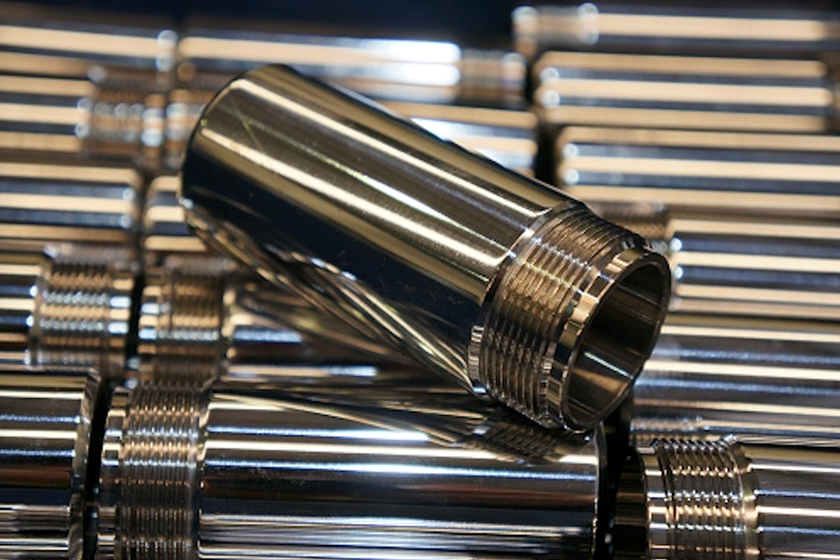Overheated Nickel Sulfamate
We use a nickel sulfamate plating bath with a temperature range of 50–60°C to plate low stress micro-layers. Recently the temperature was allowed to reach 70°C. Did we ruin the plating bath because of this temperature upset? Can the plating bath be salvaged?
Q: We use a nickel sulfamate plating bath to plate low stress micro-layers. We normally operate the plating bath in a temperature range of 50–60°C. Recently the temperature was allowed to reach 70°C due to a broken thermostat. Since the temperature upset, our plating has been pitted, burnt and stressed. Did we ruin the plating bath because of this temperature upset? Can the plating bath be salvaged? E. B.
Featured Content
A: The short answer to your question is this: The plating bath is probably ruined. As the temperature of the plating solution increases above 60°C, the rate of nickel sulfamate hydrolysis increases rapidly to give you ammonium and sulfate ions. A decrease in pH will also speed up the process. The hydrolysis reaction is:
Ni(NH2SO3 )2 + H2 O ? NiSO4 + (NH4 )2 SO4
| TABLE I. THE EFFECTS OF TEMPERATURE AND pH ON AMMONIUM ION CONCENTRATION | |||
| Nickel Sulfamate Concentration, g/L | Temperature o C | pH | Increase in ammonium ion concentration g/L, per 336 hours |
| 600 | 65 | 4.0 | 0.035 |
| 600 | 70 | 42.0 | 8.5 |
| 600 | 70 | 4.0 | 8.2 |
| 600 | 70 | 5.5 | 0.1 |
The reaction is not reversible so the ammonium and sulfate ions have to be removed. Unfortunately, there is no way that I am aware of for removal of the ammonium ions. Sulfate ions can be removed using barium sulfamate.
An excellent paper on nickel sulfamate plating baths by Dr. S. A. Watson is available at the Nickel Institute web site at www.nickel-institute.org
The paper contains a number of useful tables and figures. For example, Table I (below) shows the effect of temperature and pH on the ammonium ion concentration.
As can be seen a change in temperature from 65 to 70°C increases the rate of ammonium ion formation by a factor of ~ 240. The bottom line is that one must pay careful attention to both temperature and pH.
RELATED CONTENT
-
Zinc Electroplating
Choosing the best process for your operation.
-
An Overview of Electroless Nickel Plating
By definition, electroless plating is metal deposition by a controlled chemical reaction.
-
A Chromium Plating Overview
An overview of decorative and hard chromium electroplating processes.



















